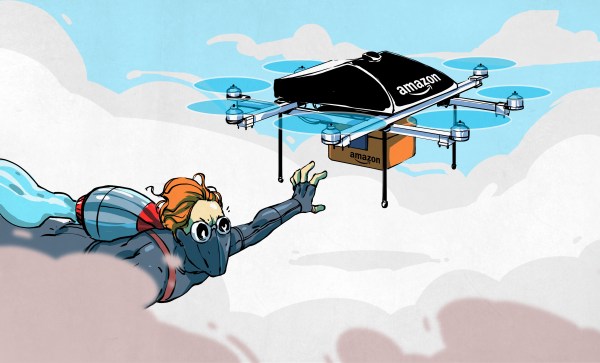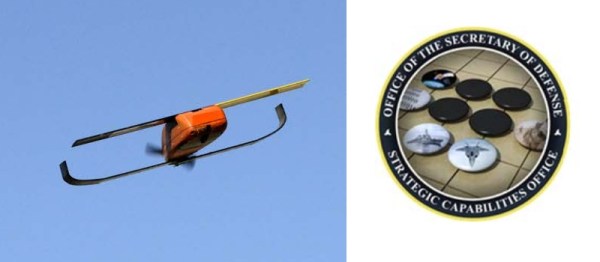We have all been beneficiaries of the boom in availability of cheap imported electronics over the last decade. It is difficult to convey to someone under a certain age the step change in availability of parts and modules that has come about as a result of both the growth of Chinese manufacturing and Internet sales that allow us direct access to sellers we would once only have found through a lengthy flight and an intractable language barrier.
So being able to buy an ESP8266 module or an OLED display for relative pennies is good news, but there is a downside to this free-for-all. Not all the products on offer are manufactured to legal standards wherever in the world we as customers might be, and not all of them are safe to use. We’ve all seen teardowns of lethal iPhone charger knock-offs, but this week the ARRL has highlighted an illegal import that could take being dangerous to a whole new level as well as bring an already beleaguered section of our community to a new low.
The products the radio amateurs are concerned about are video transmitters that work in the 1.2GHz band. These are sold for use with FPV cameras on multirotors, popularly referred to as drones, and are also being described as amateur radio products though their amateur radio application is minimal. The ARRL go into detail in their official complaint (PDF) about how these devices’ channels sit squarely over the frequencies used by GLONASS positioning systems, and most seriously, the frequencies used by the aircraft transponders on which the safety of our air traffic control system relies.
The multirotor community is the unfortunate recipient of a lot of bad press, most of which is arguably undeserved and the result of ignorant mass media reporting. We’ve written on this subject in the past, and reported on some of the proposals from governments which do not sound good for the enthusiast. It is thus a huge concern that products like those the ARRL is highlighting could result in interference with air traffic, this is exactly not the association that multirotor fliers need in a hostile environment.
The ARRL complaint highlights a particular model with a 5W output, which is easily high enough to cause significant interference. It is however just one of many similar products, which a very straightforward search on the likes of AliExpress or eBay will find on sale for prices well under $100. So if you are concerned with multirotors we’d urge you to ensure that the FPV transmitters you or your friends use are within the legal frequencies and power levels. We’re sure none of you would want an incident involving a manned aircraft on your conscience, nor would you relish the prospect of the encounter with law enforcement that would inevitably follow.
In the past we’ve taken a look at some of the fuss surrounding reported drone incidents, and brought you news of an Australian sausage lover in hot water for drone-based filming. It’s a hostile world out there, fly safe!
















